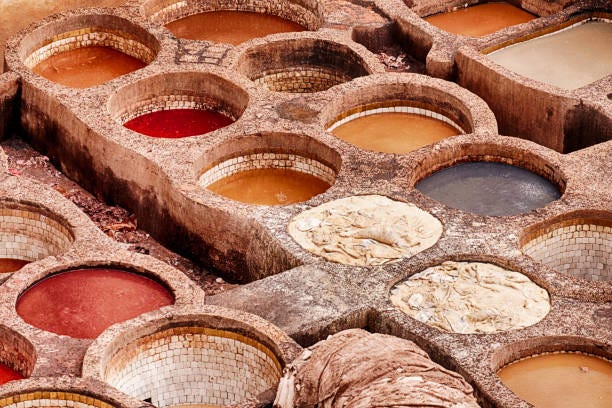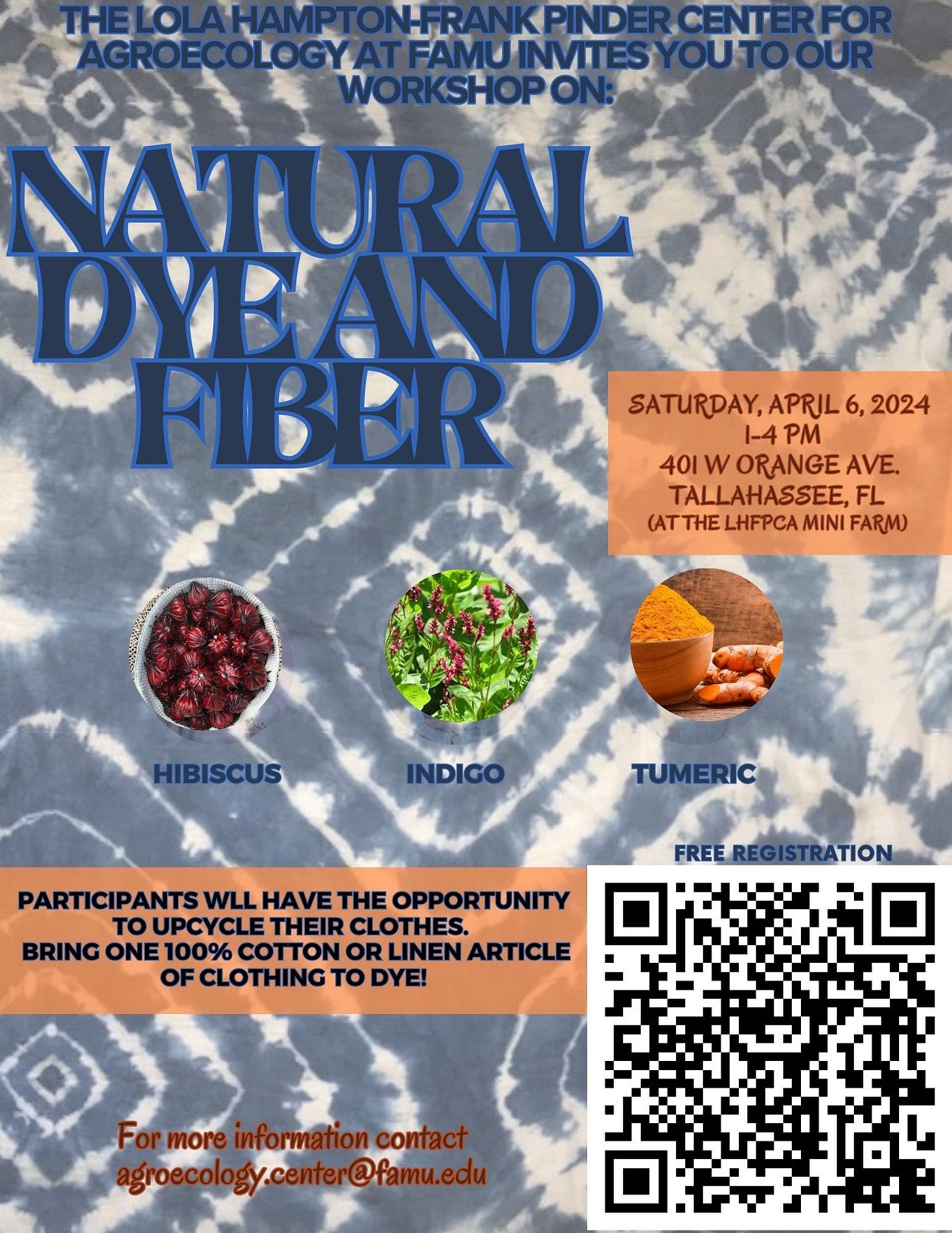What’s your favorite color?
We were all asked this question while growing up as an icebreaker to open the door of deeper knowing and connectedness. For reasons mostly unknown to our conscious minds, we gravitate toward some colors more than others. My mother and aunts often appear at family gatherings as a power trio dressed from head to toe in their favorite colors — pink, purple and blue.
My astrological birth chart, measured in the Vedic tradition from Ancient India, states that warm tones such as orange and yellow are lucky for me. In the Yoruba Ifa tradition, the color of my head orisha Obatala (the dominant force of nature that governs my life) is white. But what even is color?
Color is an optical illusion created by the variation of light frequencies. These vibratory patterns can influence our mood, communication and energy levels. They also have a healing effect on the spirit, mind and body. This strange phenomenon has fascinated me for as long as I can remember. Colors are enchanting, mystifying and hypnotizing.
Our relationship to color is complex and highly influenced by environmental factors. Both visible and invisible, color is a universal language that displays the mathematical intelligence of nature. It symbolizes the core essence of who we are. Color is also intentionally manipulated in modern societies to control the sensory perception of the general population as a tool for colonial oppression.
Our preference for certain colors is much deeper than surface level likes or dislikes—it’s a form of internal messaging that’s rooted in our intuition, health and ancestral memory. When viewed as an active mechanism, the color of an organism can reveal its role in the ecosystem, its properties and characteristics, and its benefits for the human body.
African Color Science is an ongoing research project exploring the symbolic functions of color in traditional art and medicine from Egypt to the Caribbean. We explore a variety of indigenous regions and their usage of plants, minerals and insects for creative applications in painting, fiber and natural healing methods. Through the lens of African cosmology, this project embraces the value of the color spectrum for deepening spiritual connection and achieving holistic health.
In Yoruba chromatography, colors are associated with spiritual energy, derived from natural sources and used in art, medicine and rituals. In southern Ghana, Akan priestesses apply pigments to the body during ceremonies and festivals by painting, stamping and dyeing the skin with colors that have cultural meaning. There are many similarities in the presence of these substances between African diasporic traditions and native communities in Southeast Asia and the Americas.
The application of botanical color onto fabric is an ancient indigenous tradition that dates back thousands of years. Natural dye represents an era in history when the consciousness and agency of materials were valued more than the superficial aesthetic of their appearance. Clothing, tapestries and other works of art were color-shifted from plant extracts as a vital mode of living in alignment with the ecosystem. This process is a form of collaboration with microorganisms that display the infinite chromatic potential of the universe.
On Saturday April 6th 1-4pm, I will be co-facilitating an in-person natural dye and fiber workshop with Bashia Marks at the farm, sponsored by the Agroecology Center at Florida A&M University. It’s free to attend!
If you’re in the Tallahassee area, come join us. We will delve into African color science, different types of natural dyes (hibiscus, indigo and turmeric), methods of preparation and uses. You’ll have the opportunity to upcycle your clothes or create a sustainable work of art using dyes that we will provide. Bring one 100% cotton or linen piece of fabric. We will also enjoy a delicious meal prepared by the chefs at Halisi Africa and Seed Time Harvest Farms.







